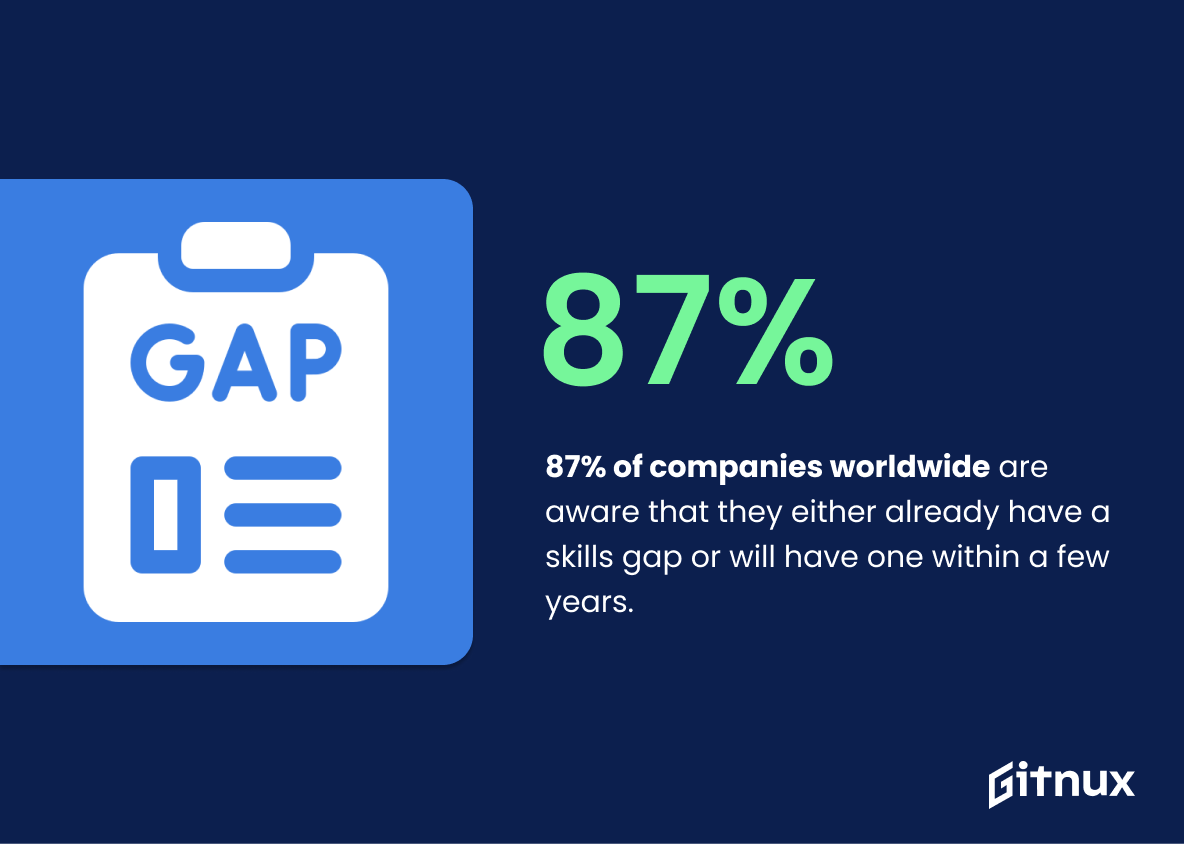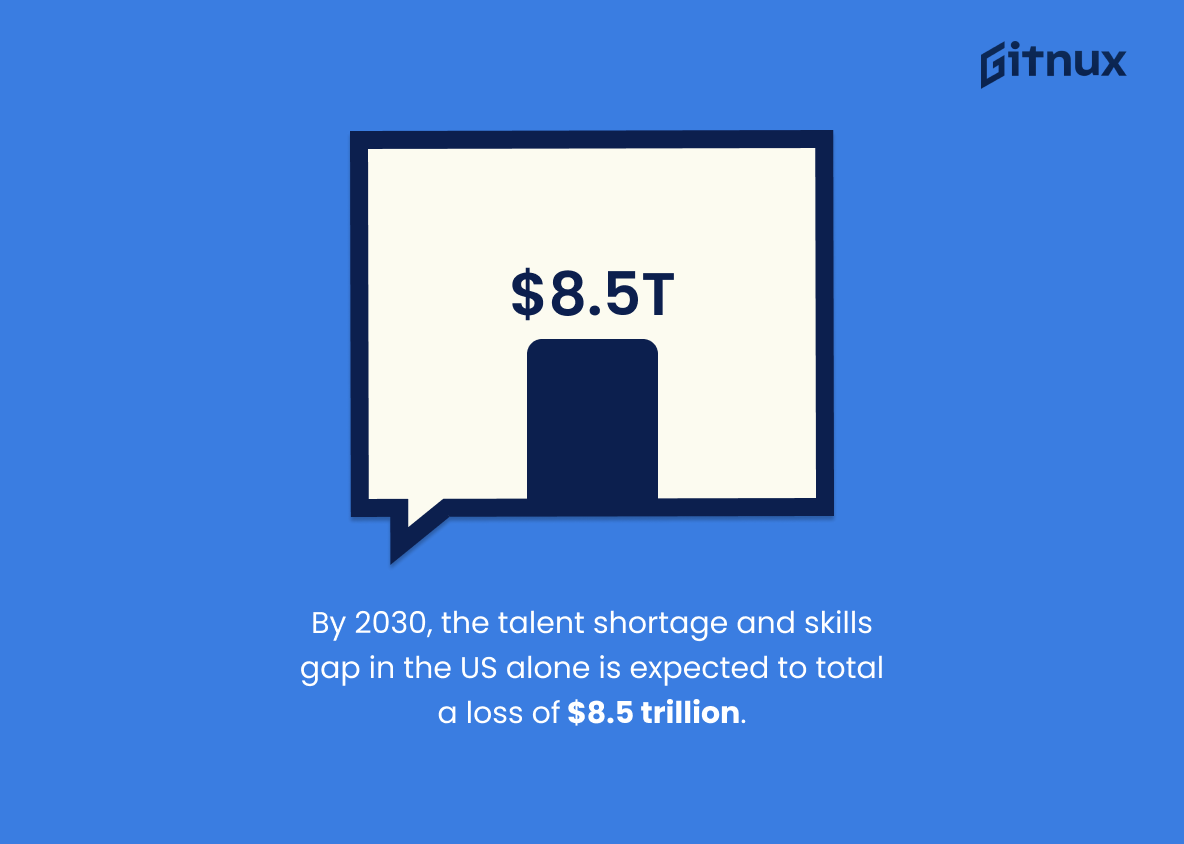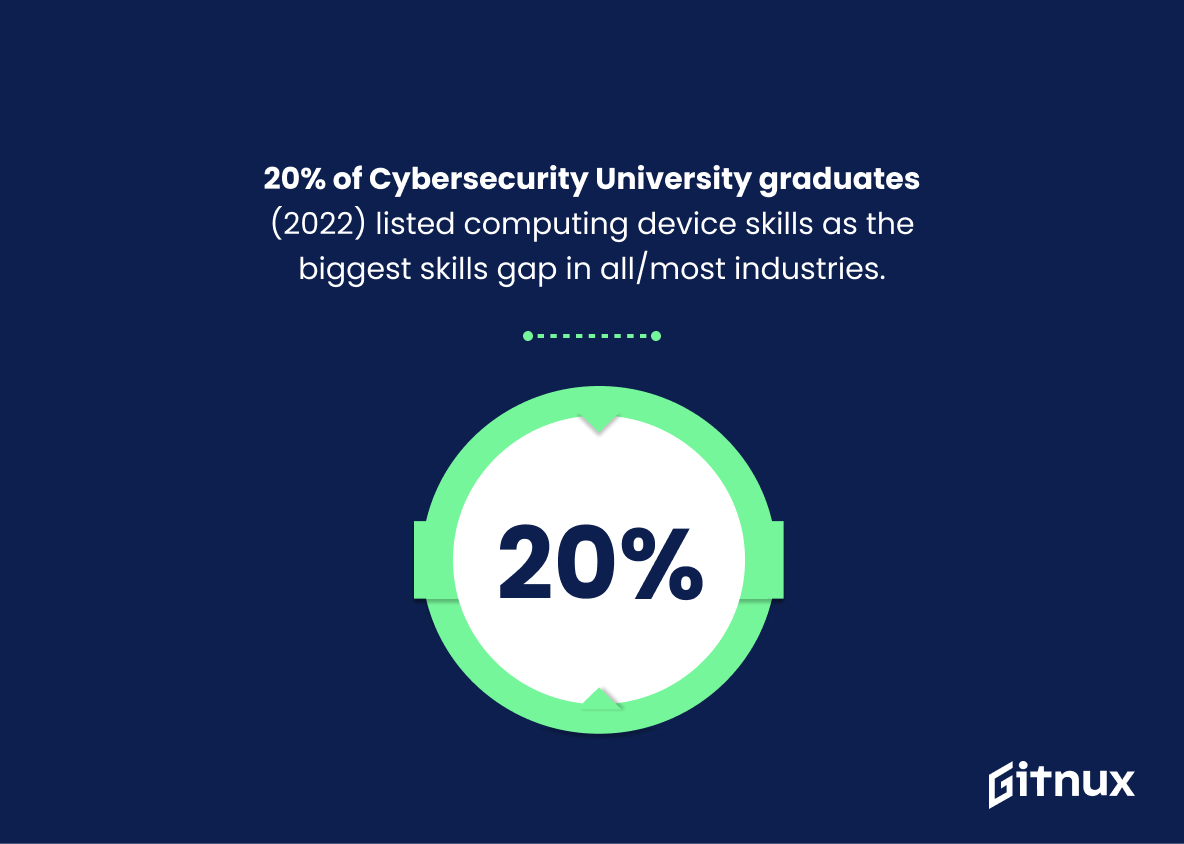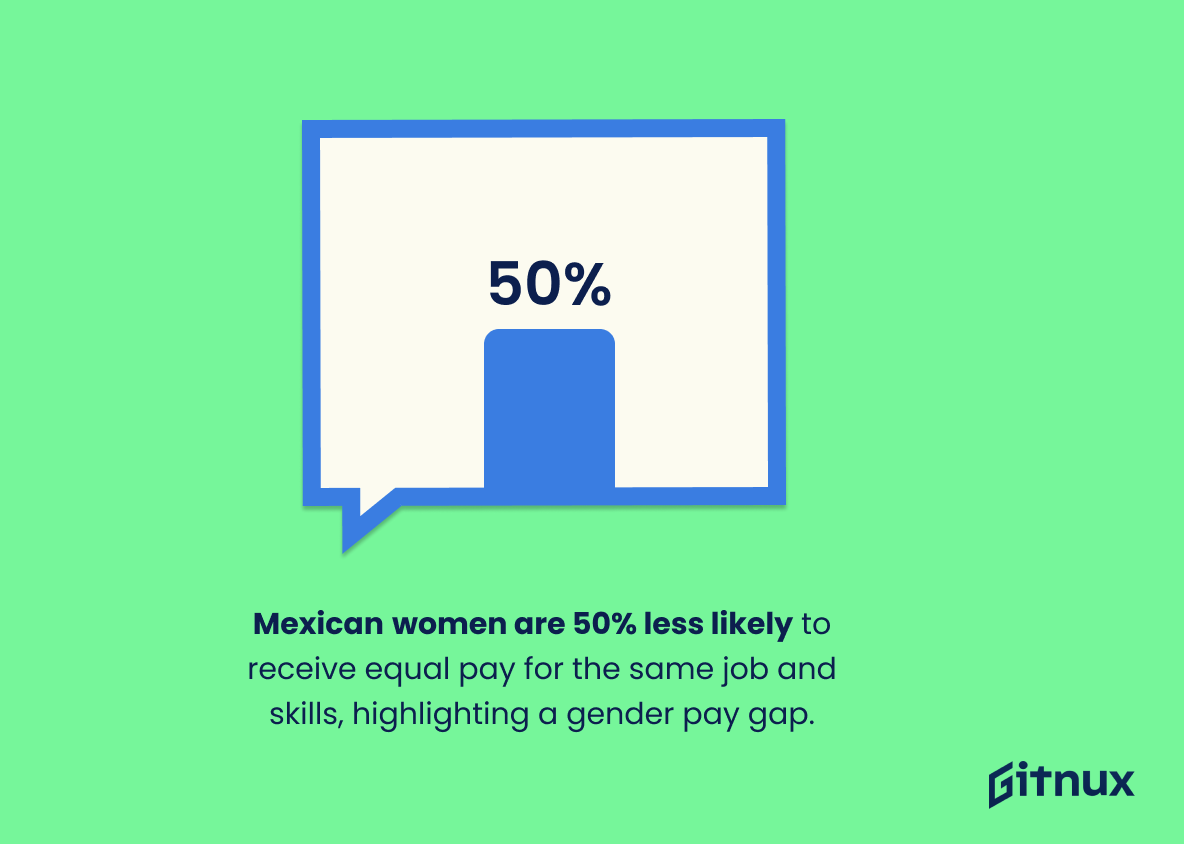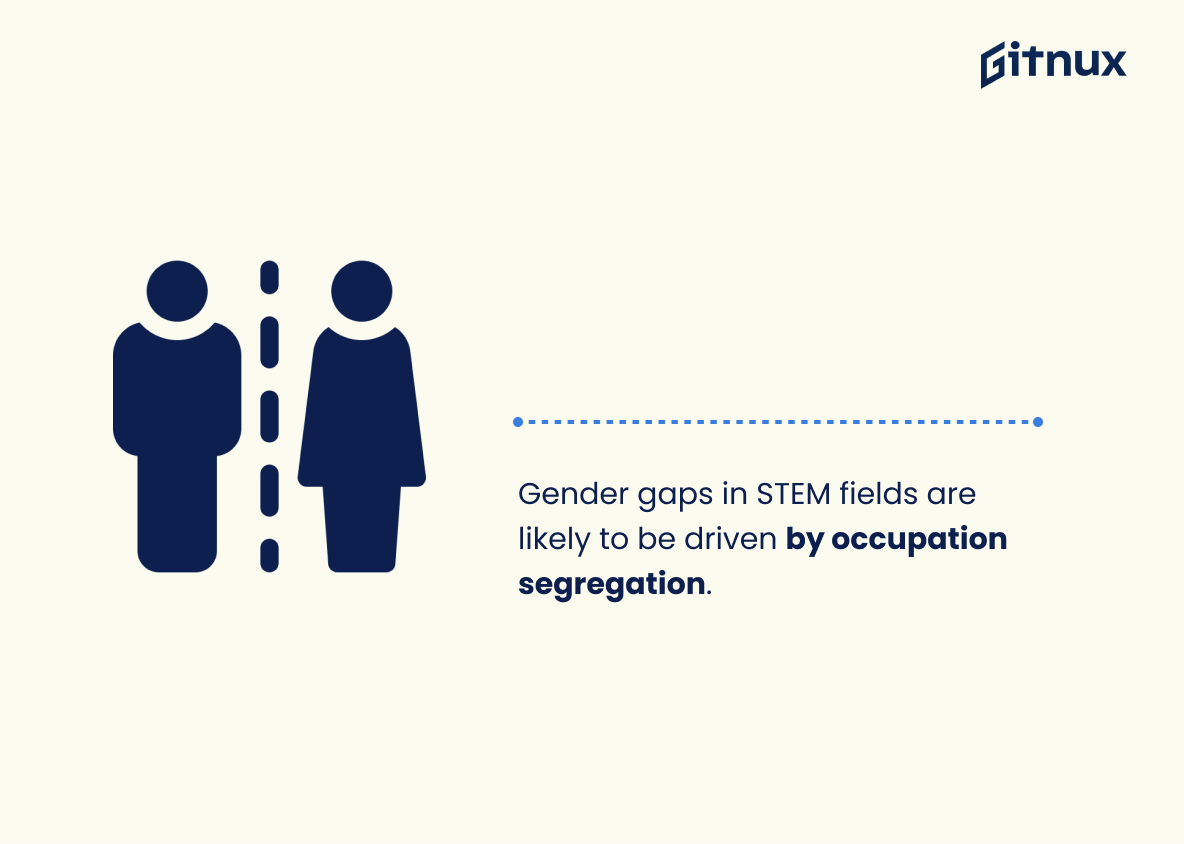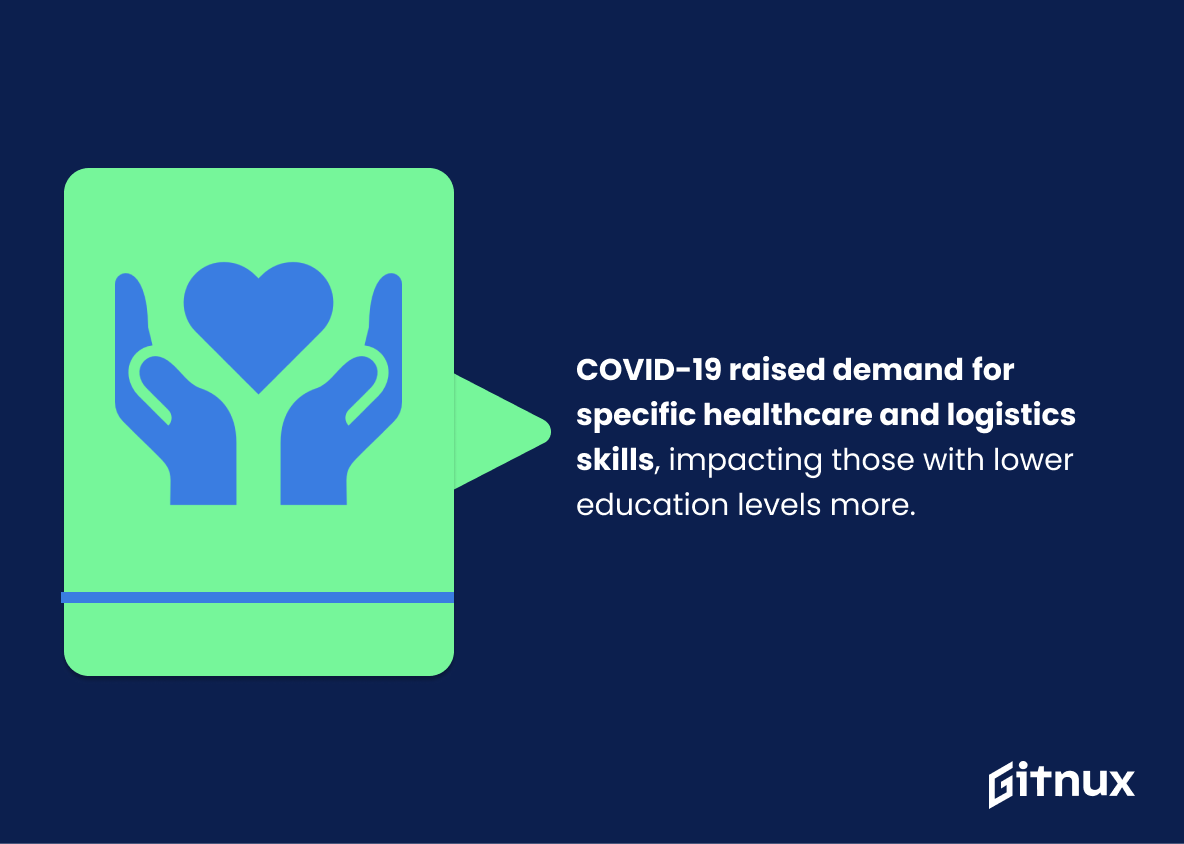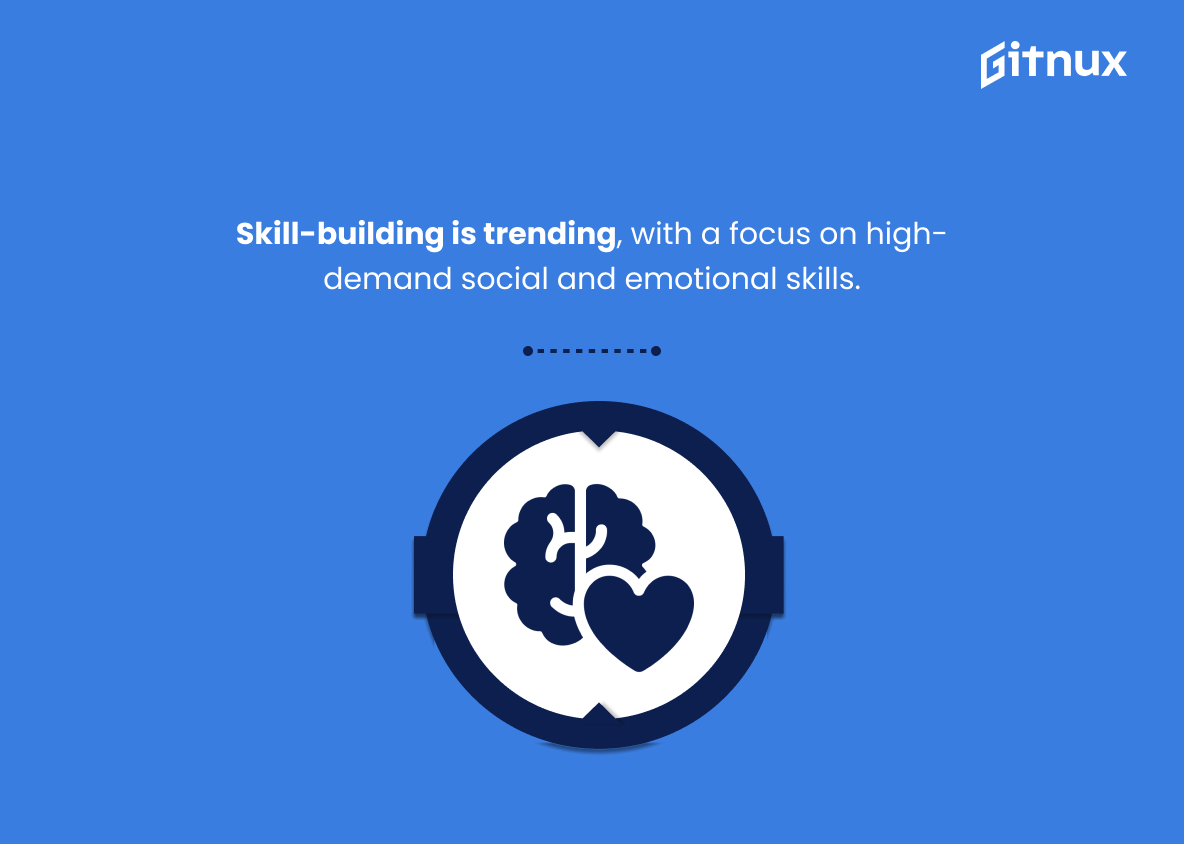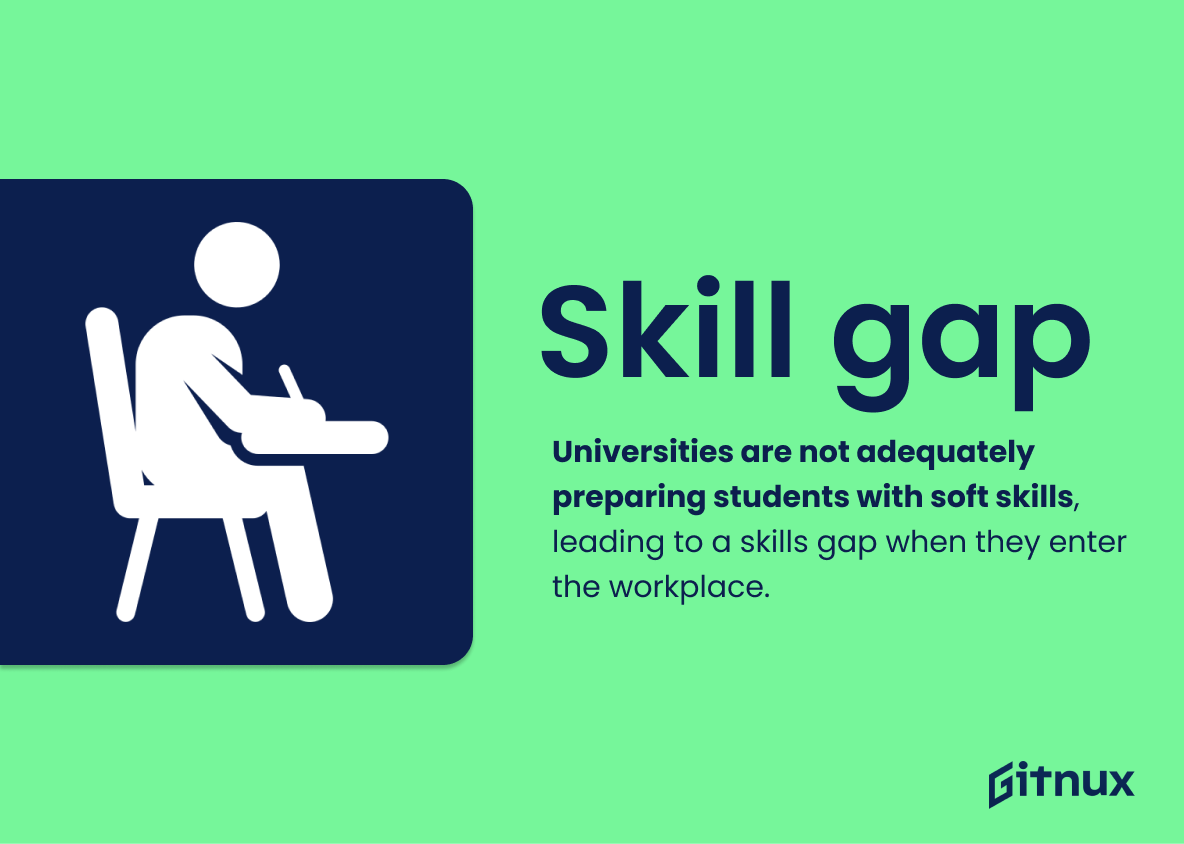The skills gap is a growing problem in the modern workforce. As technology advances and the job market evolves, employers are struggling to find qualified workers to fill positions.
To better understand the issue, it’s important to look at the skills gap statistics. In this blog post, we’ll take a look at the latest data on the skills gap and discuss what it means for employers and jobseekers. We’ll also explore potential solutions to the problem. By the end of this post, you’ll have a better understanding of the skills gap and how it affects the job market.
Skills Gap: The Most Important Statistics
87% of companies worldwide are aware that they either already have a skills gap or will have one within a few years.
By 2030, the talent shortage and skills gap in the US alone is expected to total a loss of $8.5 trillion.
Skills Gap: Statistics Overview
87% of companies worldwide are aware that they either already have a skills gap or will have one within a few years.
Companies need to start addressing the skills gap now, or risk falling behind in the future. As well as to start planning for the future in terms of training and development, in order to ensure that their employees have the skills and capabilities to remain competitive. Additionally, companies need to consider how to source new talent to bridge any existing gaps.
By 2030, the talent shortage and skills gap in the US alone is expected to total a loss of $8.5 trillion.
The lack of available talent and skills in the US labor market is costing the economy a significant amount of money. This figure can help to inform policy decisions and strategies to address the skills gap and ensure that the US economy is able to remain competitive and successful in the global environment.
56% of hiring managers anticipate technological interventions like AI and other forms of workplace automation will cause a major shift in the kinds of skills they will need employees to possess.
Employers need to recognize the changing landscape of skills that their employees need to possess in order to be successful in the workplace. With the increasing use of AI and other forms of workplace automation, employers must be prepared to invest in training their workforce to have the skills necessary to operate in this new environment. Doing so will help to bridge the skills gap and ensure that their employees are prepared for the changing job market.
Check out our latest Artificial Intelligence Statistics
See the best Artificial Intelligence Software
Education & Training and Public Administration have the widest digital skills gap and weak digital skills capabilities.
It highlights the need for government and policy leadership to close the digital skills gap. Without adequate leadership, the digital skills gap will continue to widen, leading to a lack of digital skills in these sectors and potentially hindering the growth of the economy.
20% of Cybersecurity University graduates (2022) listed computing device skills as the biggest skills gap in all/most industries.
Computing device skills are becoming increasingly important in the job market. As technology advances, employers are looking for candidates with the skills to use and maintain these devices. This statistic highlights the need for students to develop their computing device skills in order to be competitive in the job market.
Employers are finding graduates lacking in soft skills, leading to a need for a partnership between business and education to bridge the gap.
Employers need to collaborate with educational institutions to ensure that graduates are equipped with the necessary soft skills to succeed in the workforce. Without these skills, graduates may not be able to perform their job duties effectively, leading to a decrease in productivity and a lack of job satisfaction. Employers and employees have different opinions on necessary skills for job roles, leading to a skills gap.
Mexican women are 50% less likely to receive equal pay for the same job and skills, highlighting a gender pay gap.
This statistic demonstrates the need for greater gender equity in the workplace. If women are not receiving equal pay for the same job and skills, it means that they are not being given the same opportunities to develop their skills and progress in their careers. This can lead to a skills gap between genders, which can have a negative impact on the overall economy.
Gender gaps in STEM fields are likely to be driven by occupation segregation.
Gender bias needs to be addressed in order to close the skills gap. By understanding the underlying causes of the gender gap in STEM fields, employers can create strategies to ensure that women are given equal opportunities and access to these roles. This will help to ensure that the skills gap is closed, and that the workforce is diverse and inclusive.
COVID-19 caused an increase in demand for certain skills in healthcare and logistics, which disproportionately impacted those with lower educational qualifications.
It highlights the need for individuals to have the right skills to meet the demands of the job market. It also shows the importance of having access to educational opportunities to ensure that individuals are able to develop the skills necessary to succeed in the job market.
Skill building is becoming a popular practice, with social and emotional skills being in high demand.
Employers are increasingly looking for employees with specific skills, such as social and emotional skills, which can help them to better manage their workforce and increase productivity. As such, it is important for job seekers to focus on developing these skills in order to remain competitive in the job market.
Universities are not adequately preparing students with soft skills, leading to a skills gap when they enter the workplace.
This statistic highlights the need for universities to provide students with the necessary soft skills to be successful in the workplace. Without these skills, students may be unprepared to enter the workforce and may struggle to find employment. This can lead to a skills gap, where employers are unable to find qualified candidates to fill positions.
Conclusion
In conclusion, the skills gap is an issue that is not going away anytime soon. It is important for employers to be aware of the skills gap statistics and to take steps to close the gap. Companies should invest in training and development programs to ensure that their employees have the skills necessary to succeed in the current job market.
Additionally, employers should look for ways to bridge the gap between the skills they need and the skills their employees currently possess. By doing so, employers can ensure that their workforce is prepared to meet the demands of the modern workplace.
References
1 – https://dsgi.wiley.com/wp-content/uploads/2021/10/DSGI-whitepaper.pdf
2 – https://www.statista.com/statistics/1322398/cybersecurity-university-graduates-skills-gap-worldwide/
3 – https://www.uschamberfoundation.org/sites/default/files/Closing%20the%20Soft%20Skills%20Gap.pdf
4 – https://www.researchgate.net/publication/340538729_The_gap_in_soft_skills_perceptions_a_dyadic_analysis
5 – https://www.statista.com/statistics/1295167/awareness-gender-pay-gap-for-same-job/
6 – https://es.weforum.org/reports/global-gender-gap-report-2021/in-full/gggr2-gender-gaps-in-jobs-of-tomorrow/
7 – https://www.oecd.org/coronavirus/policy-responses/an-assessment-of-the-impact-of-covid-19-on-job-and-skills-demand-using-online-job-vacancy-data-20fff09e/
8 – https://www.mckinsey.com/capabilities/people-and-organizational-performance/our-insights/building-workforce-skills-at-scale-to-thrive-during-and-after-the-covid-19-crisis
9 – https://www.rmci.ase.ro/no20vol2/03.pdf
10 – https://www.sciencedirect.com/science/article/pii/S2444569X22000300
11 – https://www.instride.com/insights/skills-gap-statistics/
ZipDo, cited June 2023: Skills Gap Statistics
